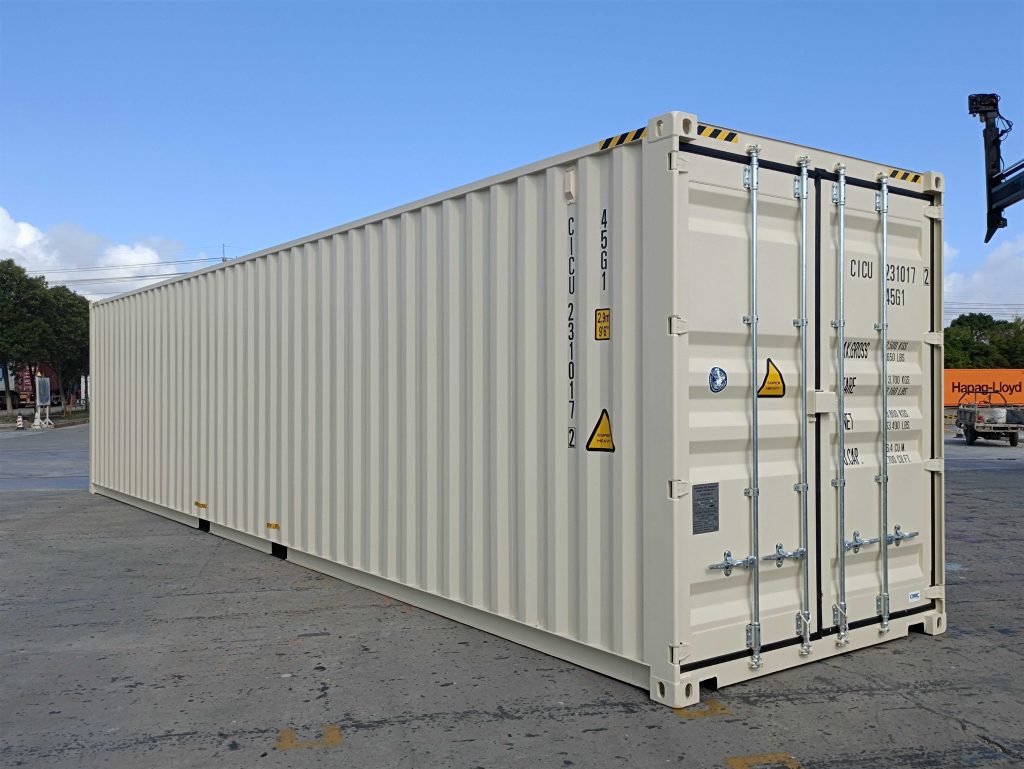20 Fun Facts About Size Of A 20ft Container
Understanding the Size of a 20ft Container: Dimensions, Capacity, and Uses
Containers have transformed the shipping and transportation market, providing a standardized way to package products for safety and performance. Among the most commonly used container sizes is the 20ft container. This article will explore the dimensions, volume, weight capacity, and common applications of a 20ft container, together with a detailed FAQ section to answer common queries.
Dimensions of a 20ft Container
A basic 20ft container is essential for shipping, logistics, and storage. Its dimensions can vary somewhat based upon its type (requirement, high cube, and so on), but the following table records the basic specs for a basic 20ft container:
Dimension
Measurement (feet)
Measurement (meters)
External Length
20'
6.058
External Width
8'
2.438
External Height
8.5'
2.591
Internal Length
19.4'
5.898
Internal Width
7.7'
2.352
Internal Height
7.9'
2.393
Door Opening Width
7.6'
2.340
Door Opening Height
7.5'
2.286
Volume Capacity
The internal volume of a 20ft container is another essential measurement, specifically for organizations that need to optimize space for their items.
Container Type
Volume (Cubic Feet)
Volume (Cubic Meters)
Standard 20ft Container
1,169
33.2
High Cube 20ft Container
1,285
36.5
Weight Capacity
The cargo capacity of a 20ft container is important for comprehending just how much weight it can manage securely. 20 Ft Sea Container following table reveals the optimum weight limits for a typical 20ft container.
Weight Limit
Measurement (Pounds)
Measurement (Kilograms)
Maximum Gross Weight
24,000 pounds
10,886 kg
Tare Weight
4,800 lbs
2,177 kg
Maximum Payload Weight
19,200 pounds
8,709 kg
Common Uses of 20ft Containers
Provided their adaptability, 20ft containers are commonly utilized across different markets. Below is a list of some typical applications:
- Shipping Goods: Ideal for transporting items throughout long ranges, 20ft containers are a standard in international shipping.
- Storage: Businesses and individuals frequently use containers for on-site or off-site storage, as they provide a safe and secure, weather-resistant option.
- Temporary Accommodation: In remote jobs or disaster relief efforts, 20ft containers are often repurposed into short-term home.
- Museum Exhibitions: Art exhibits often use containers to carry art pieces firmly.
- Mobile Offices: Containers can be customized into mobile workplaces for construction sites or remote workplace.
Advantages of Using 20ft Containers
- Cost-Effective: The relatively little size allows for lower transport costs compared to larger containers.
- Accessible: Their size makes them easier to manage, shop, and transport.
- Flexible: Suitable for numerous kinds of cargo, from heavy machinery to fragile products.
- Security: Containers are generally theft-resistant and protective versus ecological components.
Disadvantages of Using 20ft Containers
- Restricted Space: For larger shipments, a 20ft container may not be adequate, demanding multiple containers or bigger sizes.
- Greater Shipping Frequency: More containers may be needed for the same volume, which can lead to increased logistic efforts.
Regularly Asked Questions (FAQ)
1. Just how much can I fit inside a 20ft container?
You can fit around 28-30 standard pallets or around 1,169 cubic feet of goods in a standard 20ft container.
2. What is the distinction between standard and high cube 20ft containers?
The primary difference lies in height; high cube containers are generally one foot taller than basic containers, providing more vertical space for storage.
3. How much does a 20ft container weigh?
A basic 20ft container weighs approximately 4,800 pounds (2,177 kg) when empty.
4. Can you stack 20ft containers?
Yes, containers are developed to be stackable. Standard shipping practices enable for accumulating to 8 or 9 containers high on a cargo vessel, depending upon the ship's requirements.
5. Are 20ft containers waterproof?
While they are constructed to be weather-resistant, they are normally not completely water resistant. It's a good idea to inspect seals and gaskets frequently.
6. How long does a 20ft container last?
With appropriate upkeep, a shipping container can last 25 years or more. However, ecological elements and usage levels can impact their durability.
In summary, 20ft containers use a perfect mix of size, capacity, and flexibility, making them a popular option in shipping and storage. They efficiently stabilize the needs of varied markets and are developed to stand up to considerable wear and tear. Understanding the dimensions, capacity, and use-cases of these containers empowers businesses to make informed logistics choices. Whether shipping items or using them for momentary structures, the 20ft container remains a vital property in today's logistics landscape.
